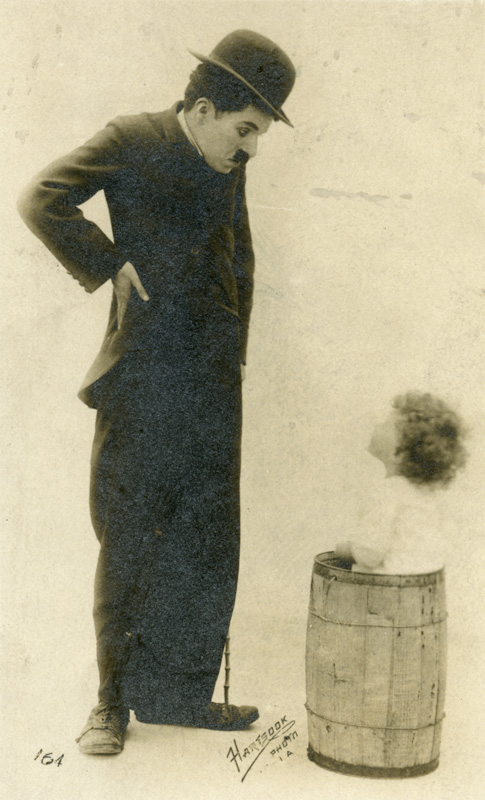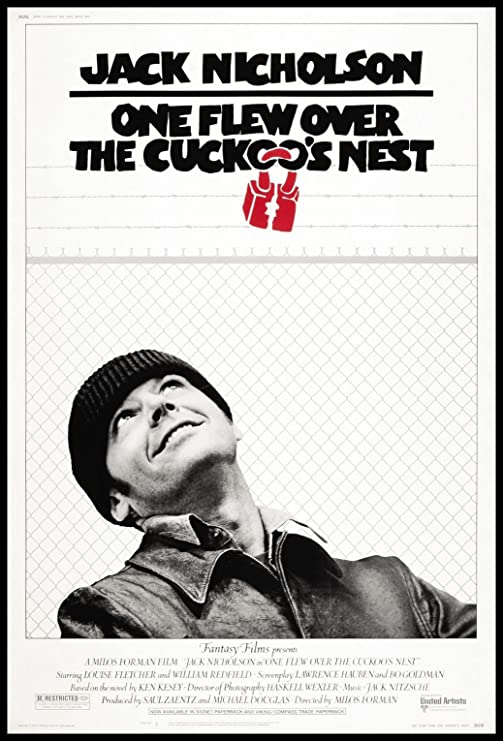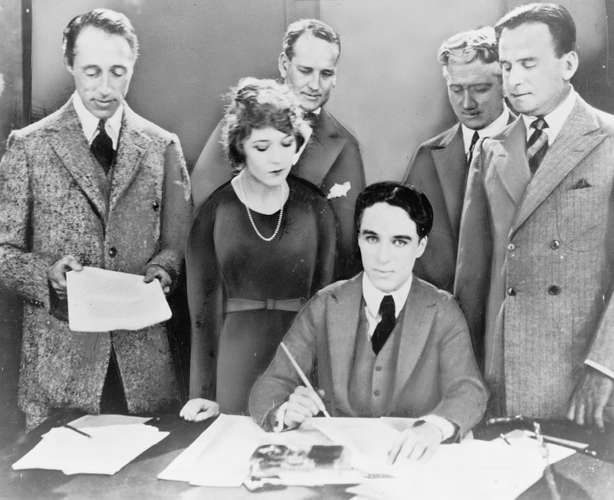Eager to control their professional destiny and pocket more of their profits, Hollywood box office icons Mary Pickford, Douglas Fairbanks and Charlie Chaplin join with director David Wark Griffith and incorporate as United Artists on February 5, 1919. The move is a reaction to the increasing stranglehold studios are placing on creative decisions – and actor salaries. In February 1919’s Moving Picture World, A. H. Giebler claims Douglas Fairbanks – “sizzling around like a bottle of old-fashioned soda pop” — says this about the new venture:
“We’re doing what we’ve all wanted to do for years. We’re going to make pictures and make them as we want to, without the hampering restraints of set dates of release and we’re going to put the distributing profits into the pictures where they belong.”
The four founders issue this statement on the company’s formation:
“A new combination of motion picture stars and producers was formed yesterday and we, the undersigned, in furtherance of the artistic welfare of the moving picture industry, believing we can better serve the great and growing industry of picture productions, have decided to unite our work into one association…. This step is positively and absolutely necessary to protect the great motion picture public from threatening combinations and trusts that would force upon them mediocre productions and machine-made entertainment.”
United Artists is a distribution company for independent producers. Each of its owners initially pledges to develop four projects annually. Among those signed are Samuel Goldwyn and Howard Hughes. As a distributor, the closest thing United Artists has to a studio lot is the 18-acre property owned by Pickford and Fairbanks on the corner of Santa Monica Boulevard and Formosa Avenue in Hollywood.

The studio’s first feature is a comedy His Majesty, the American, starring Douglas Fairbanks. (Boris Karloff is an extra.) It also releases Fairbanks’ The Mark of Zorro in 1920 and his wife’s Rosita in 1923. Chaplin’s The Gold Rush – the film he says he wants to be remembered for – is a 1925 United Artists release.
Griffith leaves in 1924 as it becomes clear revenues aren’t supporting the company’s costly distribution system. Producer John Schenck is hired as president. With Pickford and Chaplin, he branches out into building theaters under the United Artists aegis.
The talkies end Pickford and Fairbanks’ careers. She continues to produce. Chaplin works intermittently. The company wanes to insignificant in the 1940s.
Producers Arthur Krim and Robert Benjamin take over the company in 1951 and United Artists begins a renaissance that lasts for three decades. The African Queen and High Noon are United Artists films. So is 1955’s Best Picture Oscar winner, Marty starring Ernest Borgnine. Pickford, the last remaining original owner, sells her interest in 1955.

Other UA releases of the era include Some Like It Hot, The Apartment West Side Story and The Magnificent Seven. United Artists is responsible for both the James Bond and Pink Panther film franchises.

In 1967, San Francisco-based insurance giant Transamerica Corp. buys controlling interest. UA’s In the Heat of the Night wins Best Picture the same year.
Other Best Picture winners from United Artists include One Flew Over the Cuckoo’s Nest, Rocky, Annie Hall and Midnight Cowboy.
The company spirals downward after releasing the 1980 flop Heaven’s Gate and is bought by Metro-Goldwyn-Mayer in 1981, which changes its name to MGM/UA Entertainment. The new amalgamation wins a Best Picture Oscar for Rainman in 1988. In its more than 100 years of existence, United Artists has produced or distributed more than 2,000 films.
In 2018, it becomes United Artists Digital Studios, still a subsidiary of MGM.
TOP PHOTO: New York World-Telegram and the Sun Newspaper Photograph Collection/Library of Congress, Washington, D.C. (Digital file no. cph 3c37195)
